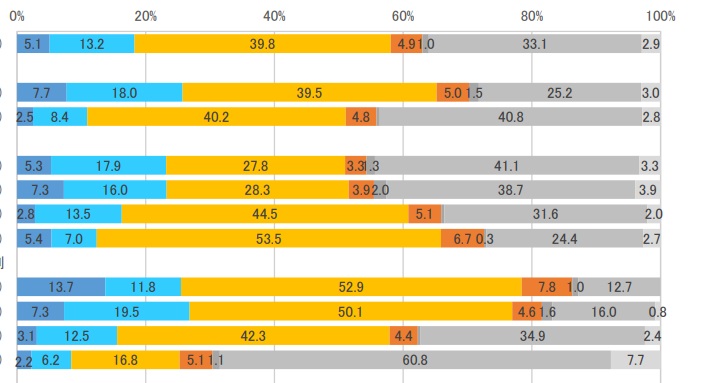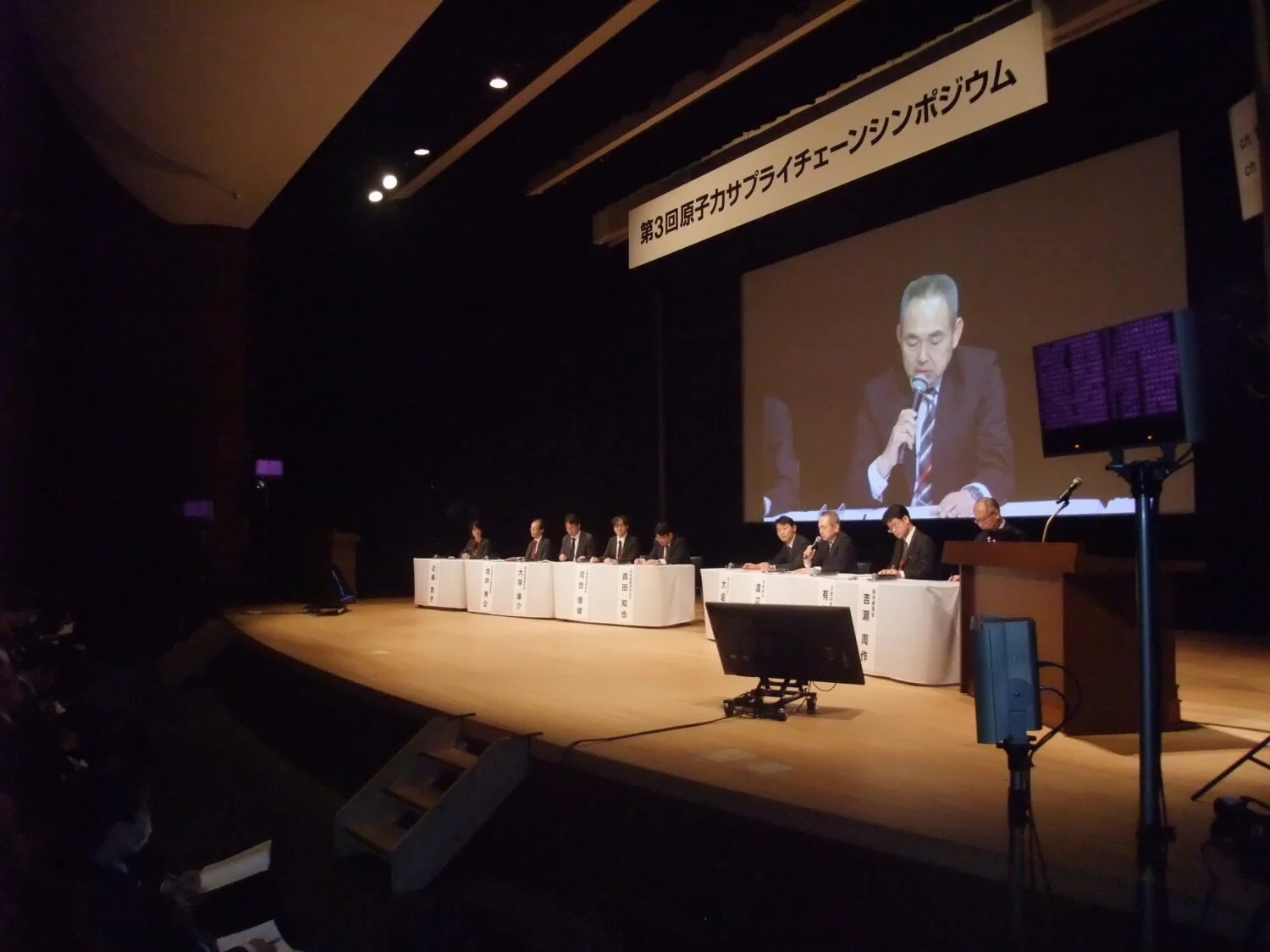The JT-60SA is part of the “broader approach” (BA) set up by Europe and Japan to complement and support the International Thermonuclear Experimental Reactor (ITER) Project, and represents the first time that other countries have invested more than JPY20 billion (approximately USD132 million) in an R&D device installed by Japan. With nations around the world competing fiercely to develop nuclear fusion, QST’s plasma generation marks an important success in an international project led by Japan.
Laying the groundwork for today’s JT-60SA, the Japan Atomic Energy Agency (JAEA), which was responsible for nuclear fusion R&D at the time, initiated upgrades to the predecessor JT-60 in 2007. Assembling began in 2013, after which the central solenoid coil, the heart of the device, was installed in 2019, and the JT-60SA was finally completed in April 2020. Integrated trial operations were then started, with an initial target of first plasma sometime in the fall of 2020. However, problems with the cryostat (the device used for keeping the superconducting coil at ultra-low temperatures) caused those operations to be suspended. QST and Fusion for Energy (F4E), the implementing body established by the EU, overcame those difficulties, and it resumed the integrated trial operations in May 2023, achieving first plasma on October 23.
In nuclear fusion, relatively light atomic nuclei, such as those of deuterium or tritium, are fused into heavier nuclei in a process that releases massive amounts of energy. The technical challenge is to confine that plasma at its extreme temperatures. In the JT-60SA, a powerful superconducting coil, which is cooled to about –269℃(about 4K), is used to confine the plasma, the temperature of which can reach more than 100,000,000℃.
Japan’s tokamak plasma test device was first able to produce plasma 15 years after the operation of the JT-60 was suspended in 2008. QST said, in a comment, that “plasma generation has demonstrated that each component works inter-connectedly as a system, and marks a major milestone in BA activities.” Knowledge obtained at the JT-60SA will be actively used for ITER and in future prototype reactor projects. At the same time, the JT-60SA will remain at the core of ongoing R&D toward early practical application of fusion energy.





-1.png)






